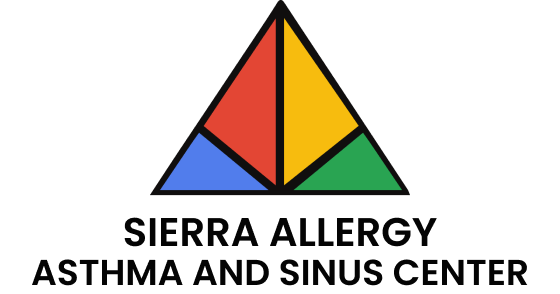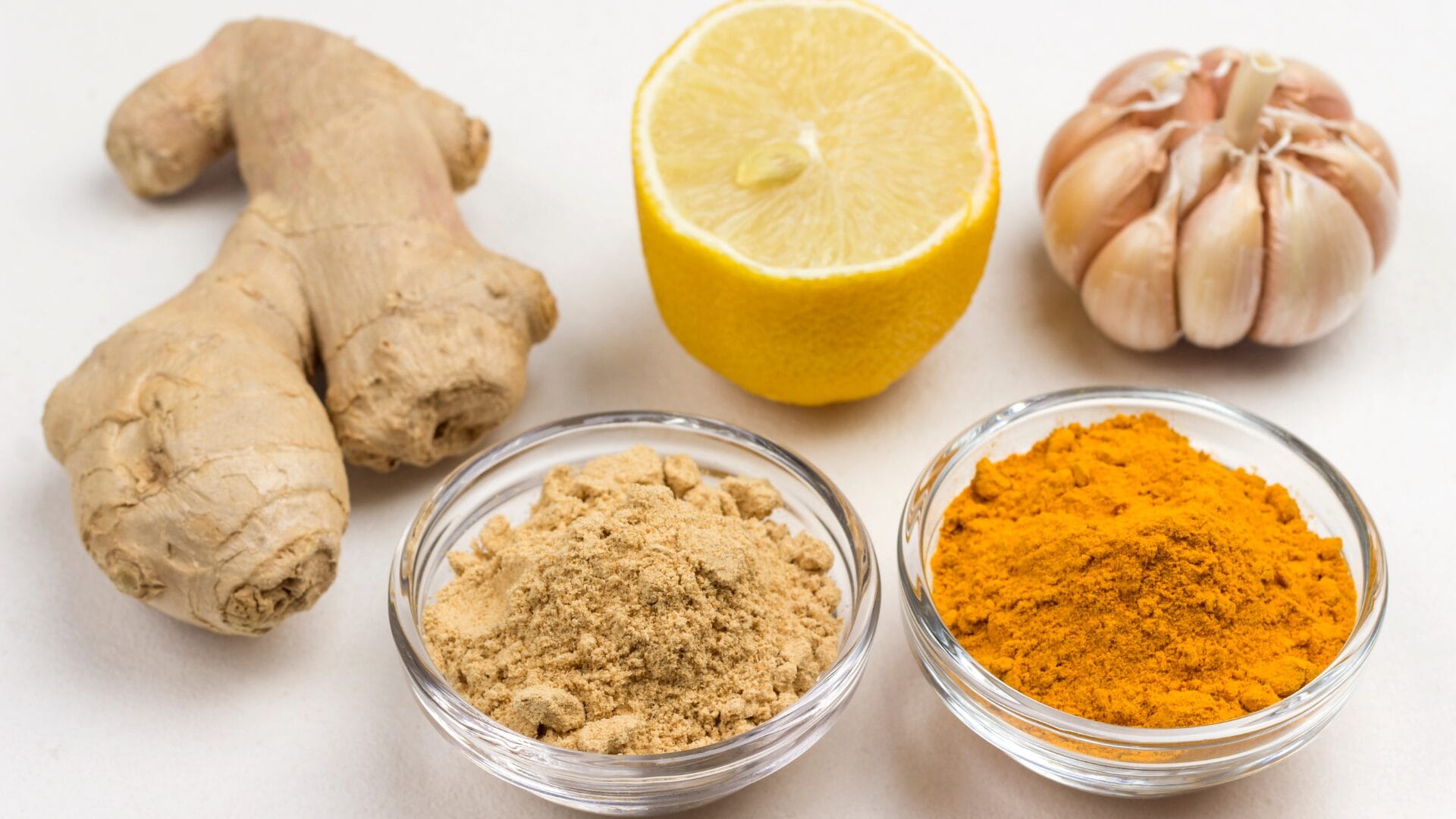For many people, the changing seasons are a time to celebrate—flowers blooming in the spring, sunny days in the summer, colorful leaves in the fall, and cozy winter nights. But for those who suffer from seasonal allergies, these shifts can bring more discomfort than joy. Sneezing, itchy eyes, and a runny nose can make it difficult to enjoy the beauty of each season. Understanding how seasonal changes can trigger your allergies is the key to managing symptoms and finding relief. In this blog, we’ll break down the main seasonal allergy triggers, explain why they affect you, and offer tips on how to feel better.
What are seasonal allergies?
Seasonal allergies, also known as hay fever or allergic rhinitis, occur when your immune system overreacts to substances that become more prevalent during specific times of the year. These substances include pollen, mold spores, dust mites, and other airborne allergens. While these particles are usually harmless, some people’s immune systems treat them like invaders, leading to those familiar and frustrating symptoms.
Seasonal allergies can be managed with the right knowledge and care. Consulting with an allergy specialist, immunologist can help you understand what triggers your symptoms and how to address them. But first, let’s look at how each season can bring different allergy challenges.
Spring: Blooming flowers, blazing pollen
Spring is the season of new growth, but it also marks the peak season for allergies. As trees, grasses, and flowers begin to bloom, they release pollen into the atmosphere. For those with allergies, this can mean sneezing, congestion, and itchy, watery eyes.
Why is pollen a problem?
Pollen grains are tiny particles that help plants reproduce. Unfortunately, these particles can also travel through the air, entering your nose, mouth, and eyes. If you’re allergic to tree or grass pollen, springtime can be rough. Common trees that trigger allergies include oak, birch, cedar, and pine.
Pro tip
To manage springtime allergies, try staying indoors on windy days when pollen counts are high, and consider using an air purifier in your home to reduce pollen particles.
Summer: Grass pollen and mold spores
Summer is a time for beach days and outdoor fun, but it can also bring about its own set of seasonal allergy triggers. During this time, grass pollen is the primary culprit. Grasses like Bermuda, Kentucky bluegrass, and Timothy grass release pollen that can travel through the air, causing sneezing fits and irritated eyes.
Additionally, summer’s warm and humid weather can lead to the growth of mold. Mold thrives in damp environments, such as basements, bathrooms, and even on leaves and grass outside. Breathing in mold spores can trigger allergic reactions, especially for those with respiratory conditions like asthma.
How to keep symptoms at bay
If summer allergies are getting you down, try to:
- • Close windows to keep pollen from entering your home.
- • Shower after spending time outside to remove pollen from your hair and skin.
- • Use a dehumidifier in areas of your home prone to moisture, like the bathroom or basement.
An immunologist or doctor of allergy can help if these measures aren’t enough, offering targeted treatments to make summer more enjoyable.
Fall: Ragweed and harvest time allergens
As the leaves change color and the air becomes cooler, many people think allergy season is over. But for others, fall is another challenging time. Ragweed, a common weed that grows across much of the country, is a major seasonal allergy trigger in the fall. Just like tree and grass pollen, ragweed pollen can travel long distances, affecting those even miles away from where it grows.
Mold can become an issue in the fall, particularly when damp leaves start to pile up. This makes it difficult for those sensitive to mold spores to escape symptoms like runny noses and itchy eyes.
Reducing fall allergy symptoms
To reduce exposure to fall allergens:
- • Rake up leaves around your yard to prevent mold growth.
- • Wear a mask when doing outdoor chores to minimize exposure to airborne allergens.
- • Wash your clothes after being outside to remove any lingering pollen or mold spores.
Consulting an allergy specialist can help you identify your triggers and develop a personalized treatment plan to navigate through the fall months.
Winter: Indoor allergens take over
Winter often gives us a break from outdoor pollen, but indoor allergens can become a problem. As we spend more time indoors with closed windows, we can be exposed to dust mites, pet dander, and indoor mold. Dry air from heating systems can also irritate the nasal passages, making allergy symptoms worse.
Managing winter allergies
To keep your indoor environment allergy-friendly during winter:
- • Regularly dust and vacuum to minimize dust mites and pet dander.
- • Opt for hypoallergenic bedding to control dust mites.
- • Consider using an air purifier to enhance indoor air quality.
- • Maintain low humidity levels to prevent mold growth.
If you find that winter is just as tough on your allergies as other seasons, a doctor of allergy can provide recommendations, such as allergy medications or other interventions.
Why do some individuals develop allergies while others don’t?
You might wonder why some people seem unaffected by seasonal changes, while others can’t stop sneezing. Allergies are largely determined by genetics. If your parents or close relatives have allergies, you are more likely to develop them as well. Environmental factors, such as where you live and your exposure to allergens during childhood, can also play a role.
When your immune system recognizes certain substances—like pollen or mold—as threats, it releases chemicals like histamines to fight them off, leading to symptoms like sneezing, itching, and congestion. Consulting an immunologist or allergy specialist can help determine exactly why your body reacts this way and what you can do about it.
When to seek help from an allergist
While many people manage their seasonal allergies with over-the-counter medications and lifestyle changes, others need extra help. If your symptoms persist for weeks or worsen over time, it might be time to visit a doctor of allergy. They can provide:
- • Allergy testing: Identifying specific allergens like tree pollen, grass, ragweed, or mold spores.
- • Personalized treatment plans: Including prescription medications, nasal sprays, or even allergy shots (immunotherapy) to reduce sensitivity to triggers.
- • Advice on lifestyle changes: Offering practical tips for reducing exposure to allergens in your daily life.
Conclusion
Seasonal changes can bring beautiful scenery and exciting weather, but they can also bring troublesome seasonal allergy triggers. Whether it’s pollen in the spring, grass and mold in the summer, ragweed in the fall, or indoor dust mites in the winter, there are ways to manage your symptoms and live more comfortably.





